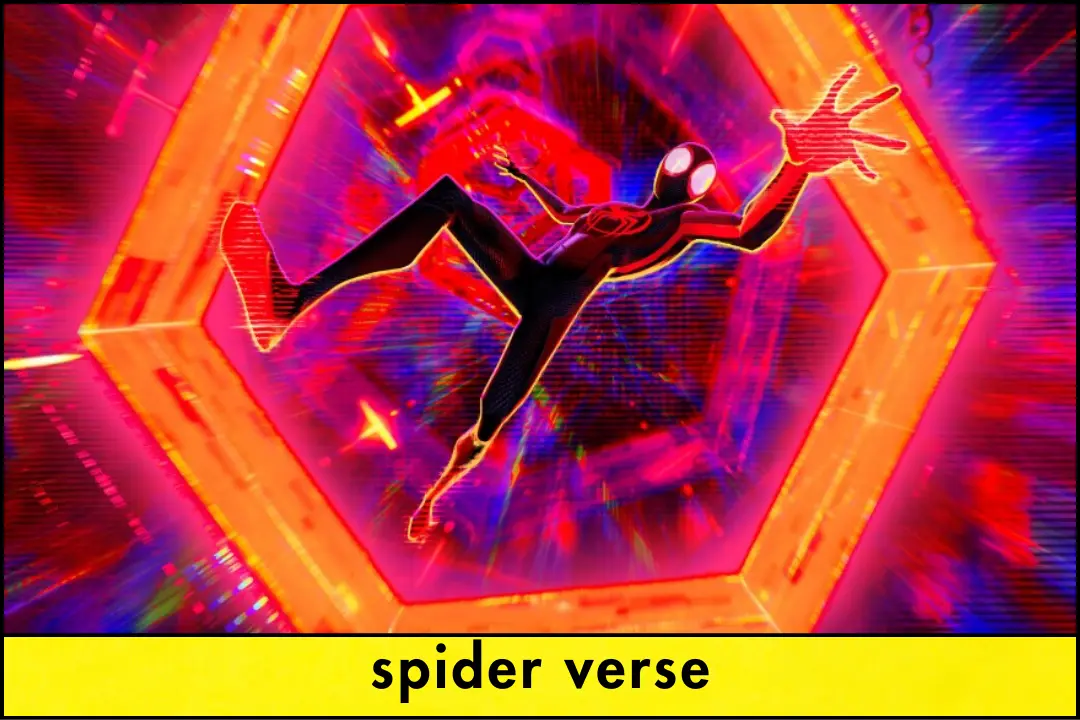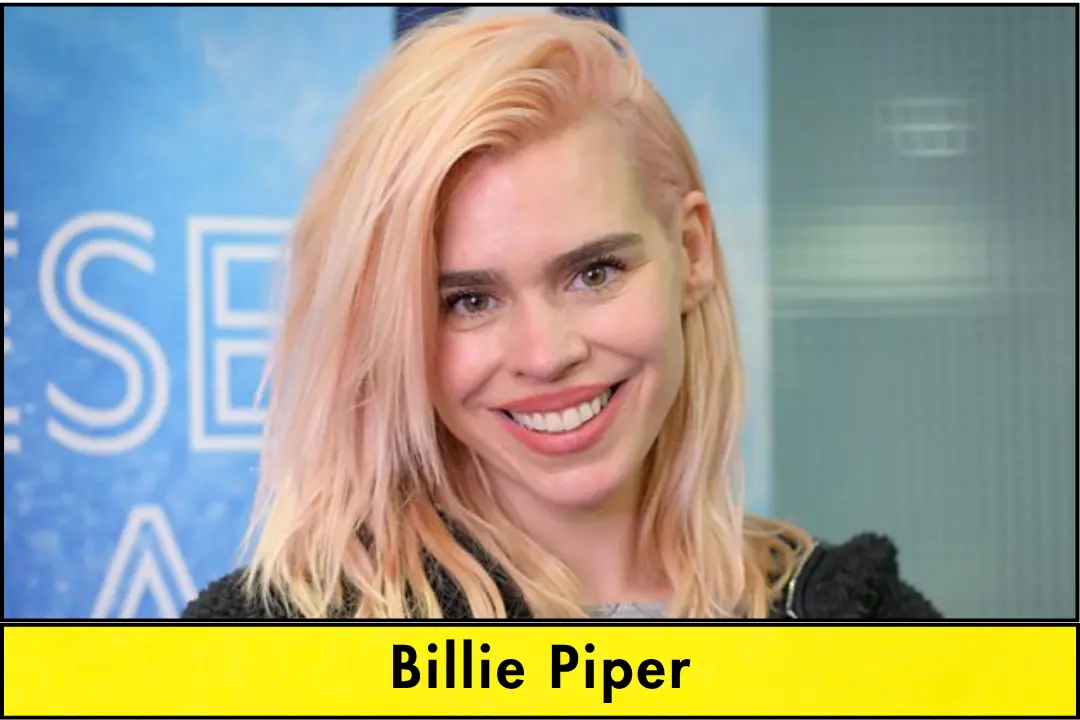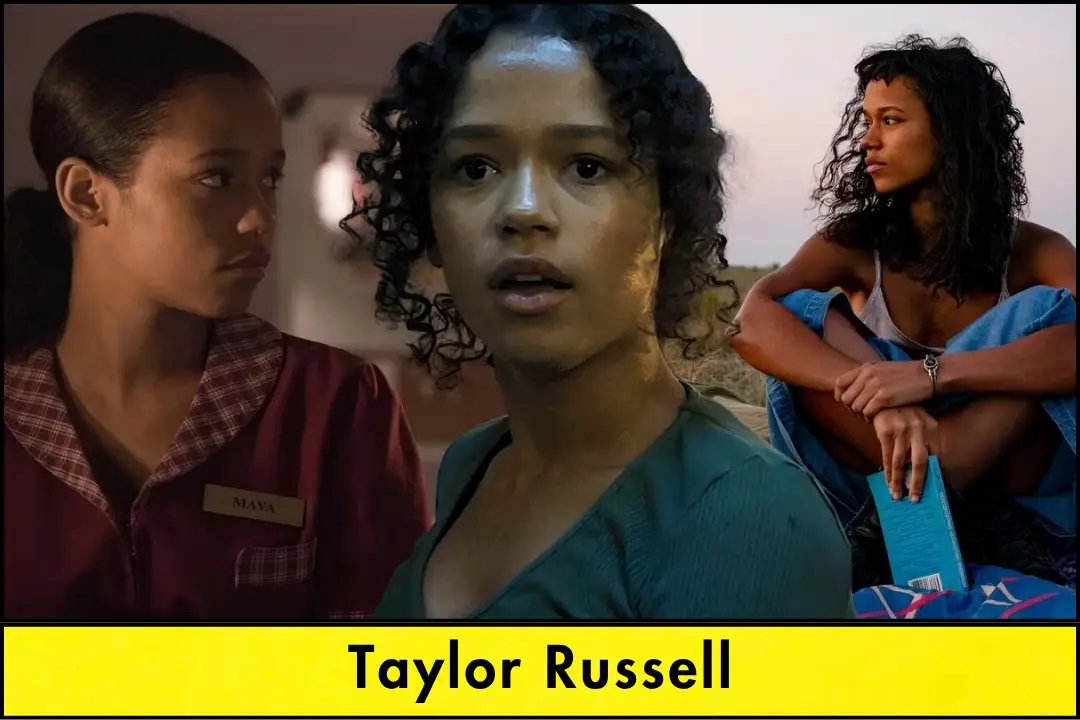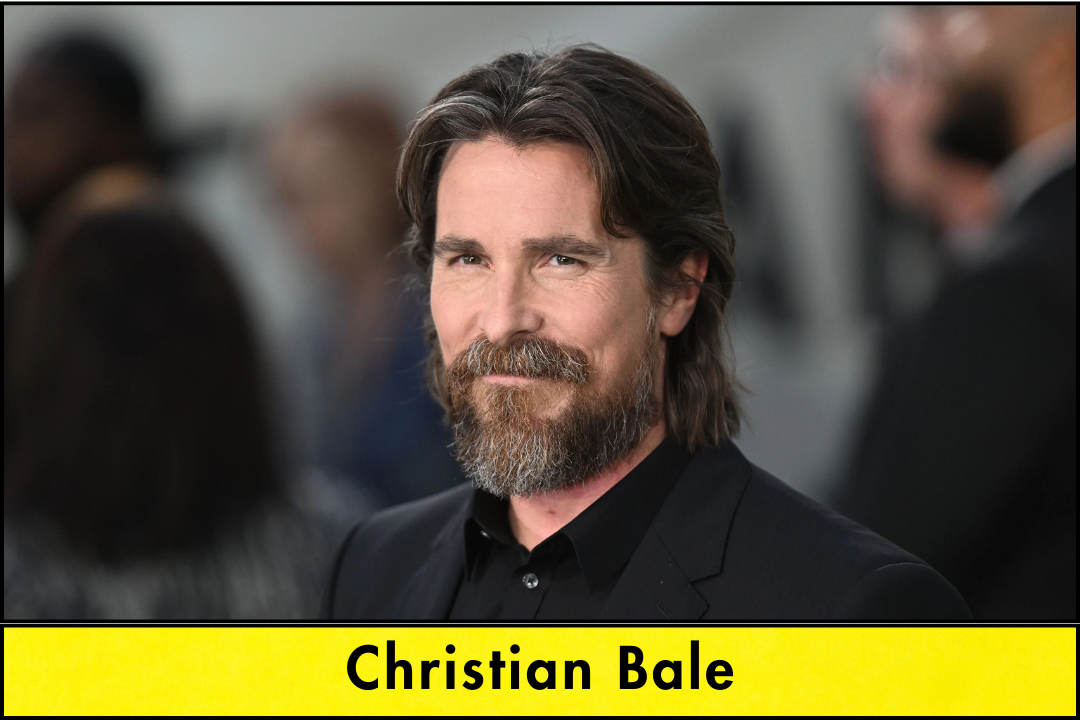Spider-Man has been a beloved superhero for decades, but the Spider-Verse trilogy took his story into an entirely new dimension—literally. With a bold visual style, diverse characters, and deeply emotional storytelling, the Spider-Verse films have become modern animation masterpieces. The journey began with Spider-Man: Into the Spider-Verse (2018), expanded with Spider-Man: Across the Spider-Verse (2023), and is set to conclude with the highly anticipated Spider-Man: Beyond the Spider-Verse.
Each film offers a new layer of complexity, emotion, and multiverse madness that fans of all ages have embraced. This article dives into everything you need to know about the Spider-Verse trilogy—what makes each film unique, how the story has evolved, and what to expect from the final chapter.
Also Read : Karol G Personal Life: Age, Career, Tours, Net Worth & Everything You Want to Know
The Birth of a New Hero in Into the Spider-Verse
Released in 2018, Spider-Man: Into the Spider-Verse introduced the world to Miles Morales, a Brooklyn teenager navigating life, identity, and unexpected superpowers. When the multiverse cracks open, multiple Spider-People from different dimensions end up in Miles’ world, including Peter B Parker, Spider-Gwen, Spider-Man Noir, Peni Parker, and Spider-Ham.
The film’s innovative animation style—comic-book-inspired visuals, dynamic editing, and neon colors—revolutionized the animation industry. But more than its aesthetics, Into the Spider-Verse stood out for its heart. It told a coming-of-age story grounded in family, loss, and the universal struggle to find one’s place.
Miles’s transformation from an ordinary teen to a confident hero was both empowering and relatable, helping redefine what it means to wear the Spider-Man mask.
Breaking the Multiverse Wide Open in Across the Spider-Verse
Spider-Man: Across the Spider-Verse arrived in 2023 and took everything from the first film to another level. It wasn’t just a sequel—it was an explosion of visual storytelling, narrative depth, and multiverse expansion. The film follows Miles as he reunites with Gwen Stacy and discovers the Spider-Society, a secret network of Spider-People from across the multiverse led by the intense Miguel O’Hara, also known as Spider-Man 2099.
The emotional stakes soar in this installment. Miles struggles with isolation, expectations, and his growing realization that being Spider-Man comes with heartbreaking consequences. Themes of fate versus free will dominate the film, particularly when Miles learns about “canon events”—moments every Spider-Person is destined to endure.
The animation continues to dazzle, with each dimension featuring its own distinct art style. Gwen’s pastel watercolor universe contrasts with the futuristic grit of Miguel’s world, making each scene a visual feast. Across the Spider-Verse ends on a cliffhanger, with Miles trapped in the wrong dimension and his darker counterpart, Miles G Morales, appearing for the first time.
What We Know About Beyond the Spider-Verse
Originally slated for release in 2024 but delayed due to production schedules and strikes, Spider-Man: Beyond the Spider-Verse is set to conclude the trilogy. The ending of Across the Spider-Verse left fans with burning questions and high expectations. How will Miles escape the alternate universe? Will he save his father from the fate dictated by canon? And what role will Spider-Gwen and the rest of the Spider team play in resolving the multiverse chaos?
While official plot details are limited, creators Phil Lord and Christopher Miller have confirmed that the final film will focus on Miles reclaiming his story and identity. The film will likely explore the consequences of breaking multiversal rules and challenge the notion of what it means to be a hero.
Visually, Beyond the Spider-Verse is expected to be even more ambitious, with expanded worlds, more Spider-Variants, and deeper emotional arcs. Fans are especially eager to see the showdown between Miles and his alternate self, and whether the Spider-Society will stand united or fall apart.
The Visual Language of the Spider-Verse
One of the most groundbreaking aspects of the Spider-Verse trilogy is its animation. Unlike traditional CGI films, these movies employ a hand-drawn look with comic book textures, speech bubbles, panel layouts, and onomatopoeia effects. Each character and universe has a distinct style—for example, Spider-Man Noir is in black and white, while Peni Parker’s world is anime-inspired.
These visual elements are not just artistic flair—they help tell the story. Emotions are enhanced through changes in texture and color, and fast-paced sequences feel like flipping through a comic book in motion. The result is an experience that feels as dynamic and emotionally rich as reading a graphic novel.
Miles Morales: A Spider-Man for a New Generation
Miles Morales isn’t just another version of Spider-Man—he represents a fresh, inclusive, and powerful symbol of heroism. With Afro-Latino roots, a love for art and music, and a personality that blends vulnerability with strength, Miles brings something new to the role.
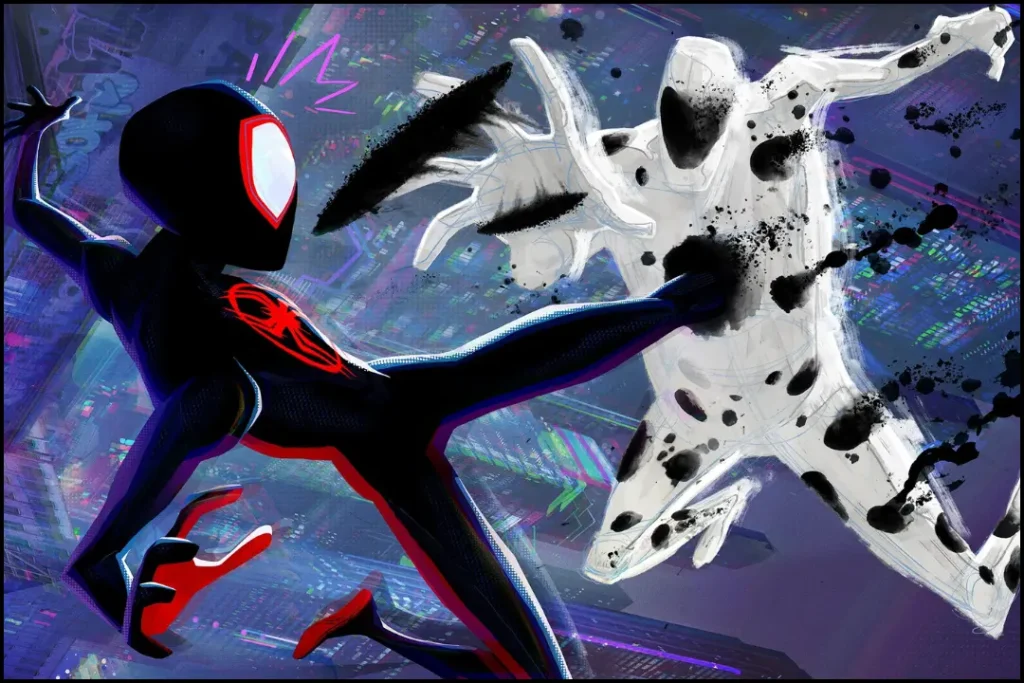
Unlike Peter Parker, who was often depicted as struggling alone, Miles’s journey involves community and collaboration. He learns from others but ultimately carves his own path, reminding fans that anyone can wear the mask—but only you can write your own story.
Gwen Stacy and the Rise of Spider-Woman
Gwen Stacy, or Spider-Gwen, plays a significant role in Across the Spider-Verse. Her story parallels Miles’s, filled with loss, pressure, and the desire to break free from societal expectations. Her friendship with Miles deepens in the second film, and many fans speculate it could evolve into something more.
Her pastel-colored world and emotionally charged storyline provide a strong counterpoint to Miles’s journey. Gwen’s character arc is not just about being a sidekick—it’s about becoming a hero in her own right.
Spider-Man 2099 and the Spider-Society
Miguel O’Hara, aka Spider-Man 2099, emerges as a key figure in Across the Spider-Verse. His strict enforcement of the multiverse’s rules puts him at odds with Miles. Miguel believes that canon events must be preserved, even if it means allowing tragedies to occur. His conflict with Miles raises deep philosophical questions about fate, choice, and moral responsibility.
The Spider-Society includes dozens of Spider-People, each with unique backgrounds and personalities, from Spider-Punk to Spider-India. Their inclusion showcases the richness of the multiverse and celebrates the diverse interpretations of what it means to be Spider-Man.
Music and Soundtrack
Each Spider-Verse film features a powerful soundtrack that amplifies its emotional impact. Songs like “Sunflower” by Post Malone and Swae Lee became anthems, while Across the Spider-Verse featured artists like Metro Boomin, Future, and Lil Wayne. The music blends hip-hop, electronic, and Latin influences to mirror Miles’s personality and cultural roots.

Expect Beyond the Spider-Verse to continue this tradition with a soundtrack that’s both fresh and thematically resonant.
Critical Reception and Awards
Into the Spider-Verse won the Academy Award for Best Animated Feature in 2019 and was widely praised for its innovation, diversity, and storytelling. Across the Spider-Verse received even greater acclaim for its deeper themes and bold risks. Critics called it one of the best animated films of all time, and fans hailed it as a rare sequel that surpassed its predecessor.
With Beyond the Spider-Verse on the horizon, expectations are sky-high, and many believe the trilogy will go down as one of the greatest in animation history.
FAQs
What is the order of the Spider-Verse movies?
The trilogy begins with Into the Spider-Verse (2018), followed by Across the Spider-Verse (2023), and will conclude with Beyond the Spider-Verse (release date TBD).
Is Beyond the Spider-Verse the final movie?
Yes, it is expected to conclude the Spider-Verse storyline centered on Miles Morales.
Why was Beyond the Spider-Verse delayed?
The release was delayed due to production delays and industry strikes. A new release date is yet to be announced.
Who is the villain in Across the Spider-Verse?
The primary antagonist is The Spot, a seemingly goofy character who becomes more dangerous as he learns to manipulate the multiverse.
Will Peter Parker return in Beyond the Spider-Verse?
Peter B Parker and several other Spider-Variants are expected to return, along with new characters yet to be revealed.
